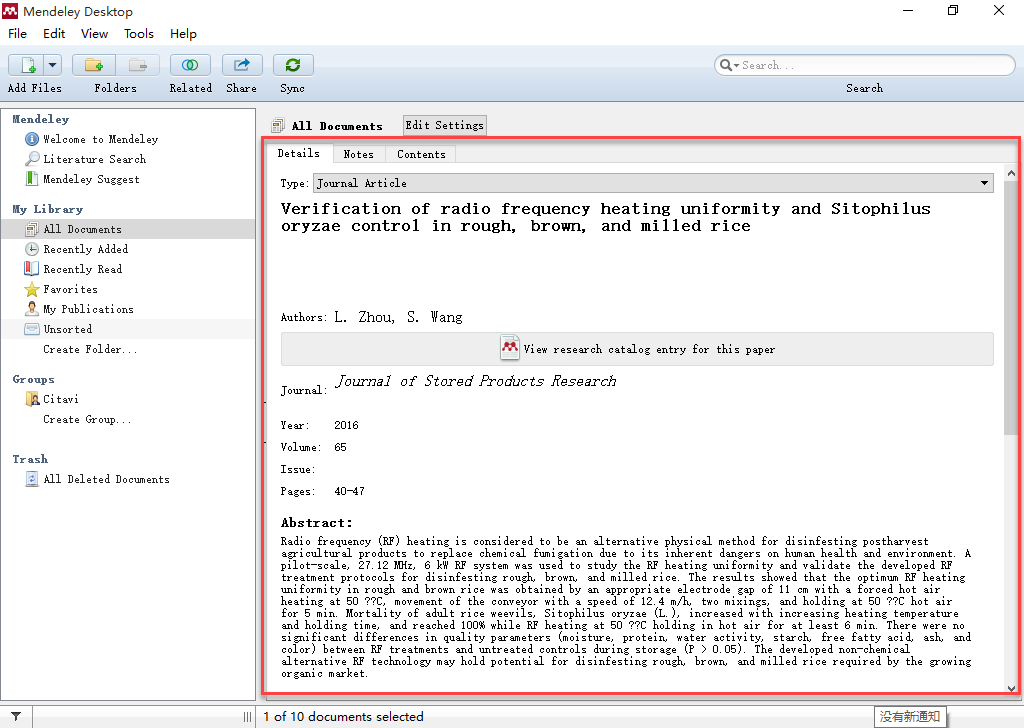


But, while setting up my (fully maxed out) new MacBook Pro, I was shocked at the interfaces changes in the latest version of EndNote (v20.2). So far, I’ve concluded it would not be worth the trouble. I expect to encounter lots of obstacles when/if I make the switch. I lead a research group that shares my master database, using devices that vary in OS, age, etc. Since then, I’ve used EndNote with MS Word for hundreds of research papers and other documents, most with collaborators who use EndNote. But, I am very heavily invested in that program: My library is about 65K records, accumulated over 30+ years (starting in 1989 with EndNote Version 2), with many records customized for various purposes, many customize styles and import and export scripts, etc. I have long wanted to leave EndNote, for various reasons. Book here.Happy new year (it's got to be better than the last one.)

Book here.Ĭity campus: Thursday 12 July, 12:00pm – 1:00pm, Library Lab WA414G. North campus: Wednesday 11 July, 11:15am – 12:15pm, Library Lab AL120. At the end of the session you should be equipped to choose the citation manager that best meets your working style and current academic needs. If you want to learn more about your options, come along to the new Library workshop next week: “Zotero, Mendeley, or EndNote – which is best?” You’ll get an overview of Zotero, Mendeley and EndNote, hear expert users discuss their strengths and weaknesses, and have an opportunity to try each product for yourself. (You can actually transfer content between these systems, so don’t fret if this is you.) Sometimes, you’ll get familiar with one, and then realise it doesn’t work for you – so you need to learn another. EndNote, Zotero, and Mendeley are all popular options, but they all have different features and they all require some upskilling to use correctly. We can look up almost any information in seconds, and cite our sources (relatively) easily using software programmes.īut it still takes a bit of effort to figure out which citation management software to use, and how to get the most out of it. Then, when they came to cite those sources, they had to sit with a style manual and painstakingly write out each reference in full. They looked up sources in card catalogues at the library, and if an item they needed wasn’t physically located in the library, it took a massive effort to procure it. Our predecessors wrote out their theses and dissertations long-hand, or typed them up on typewriters. It’s strange to think about academic work before computers.


 0 kommentar(er)
0 kommentar(er)
